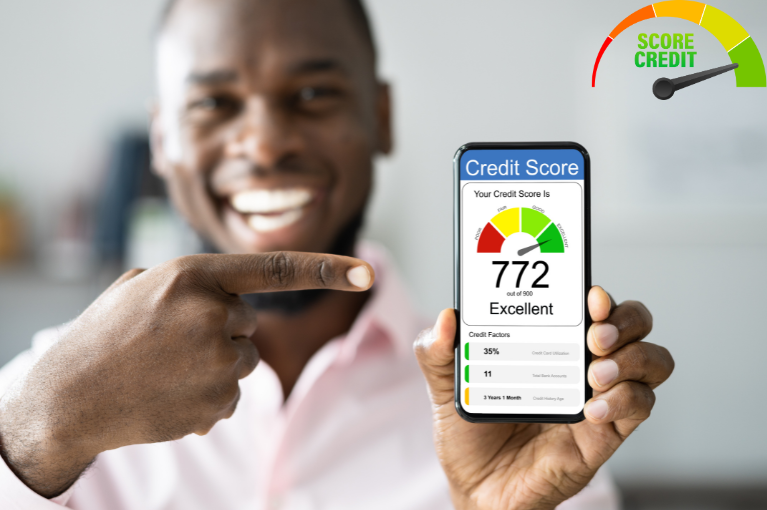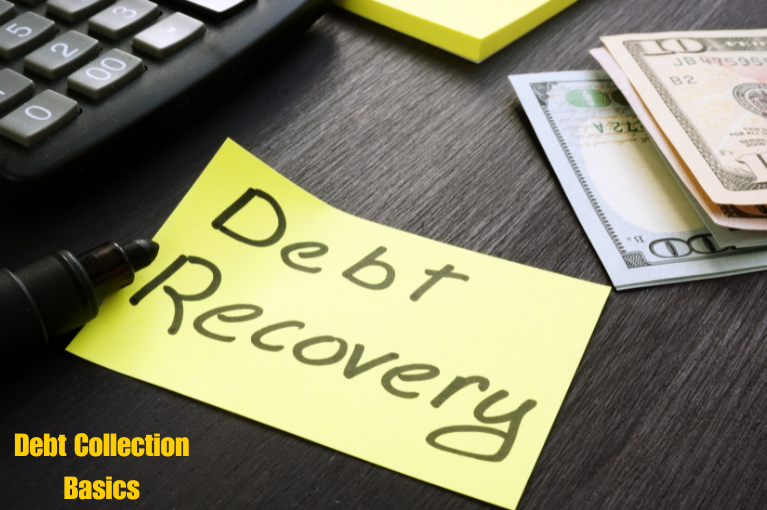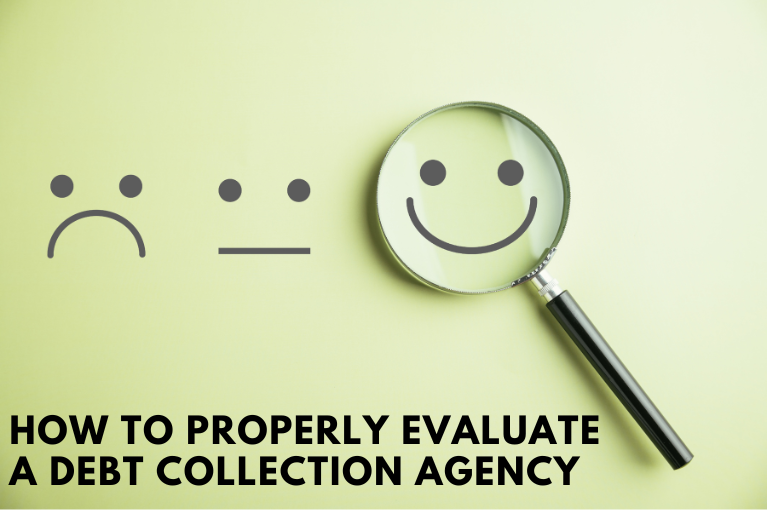While many businesses that specialize in the area of extending credit to their customers have plenty of experience with the collections process, individuals that are suddenly forced into collection scenarios are not usually as prepared. Collection situations that arise between two private parties are often the result of a failure to pay on a promissory note that basically represents an IOU from the borrower to the lender.
What is a Promissory Note?
A promissory note is a legal document that describes a contractual agreement between two parties. The note is generally made in reference to a loan of a specific amount, but can also refer to real estate or other property. These agreements are usually notarized and can contain a wide range of technicalities.
Promissory notes can be either secured or unsecured. Secured notes will list a specific asset of the borrower that will become property of the lender if the borrow defaults on the agreement. This offers a form of insurance for the lender. Unsecured notes, on the other hand, offer no such security for the lender and can be much more difficult to collect in the event of a default.
Collecting Secured Promissory Notes
Provided that the note is clearly worded, collecting a secured promissory note is fairly uncomplicated. If the debtor defaults on the specific terms of the agreement, the property used to secure the loan legally becomes the property of the lender.
If the debtor refuses to turn over the property that is owed to the lender, then the lender might want to consider hiring a professional to handle the matter. There are a number of companies that offer repossession services for these types of situations.
Collecting Unsecured Promissory Notes
Attempting to collect an unsecured promissory can be more difficult than enforcing a secured promissory note. Without some property of the borrower to secure the note, it can be a much more complicated process to force the debtor to make good on the agreement.
In this type of situation, the promissory note collection process becomes similar to a commercial debt collection situation. The most effective way to start a collection attempt is the same types of phone calls and letters that would be used in a commercial debt collection scenario.
If those efforts prove unsuccessful, the next option is to file charges against the debtor in an attempt to obtain a judgment. This will require documentation of the original note and the collection attempts you have made. Once a judgment is obtained from the debtor, the lender is still not guaranteed payment. In the best-case scenario, you might be able to garnish the debtor’s wages.
Debtors that have defaulted on promissory notes generally benefit from the same rules and regulations as commercial debtors. That means that any collection attempts in a promissory note situation should follow the proper procedures established by local, state, and federal laws.
Once a debtor defaults on the agreement specified in a promissory note, the lender often feels like there aren’t very many options and often ends up writing the entire arrangement off as a loss rather than pursuing a legal debt collection process.
However, because promissory note enforcement is quite similar to commercial debt collection, the right debt collection agency may be able to help to lender by offering advice, helping to collect on the defaulted note, or even buying the note from the lender at a discounted price.






